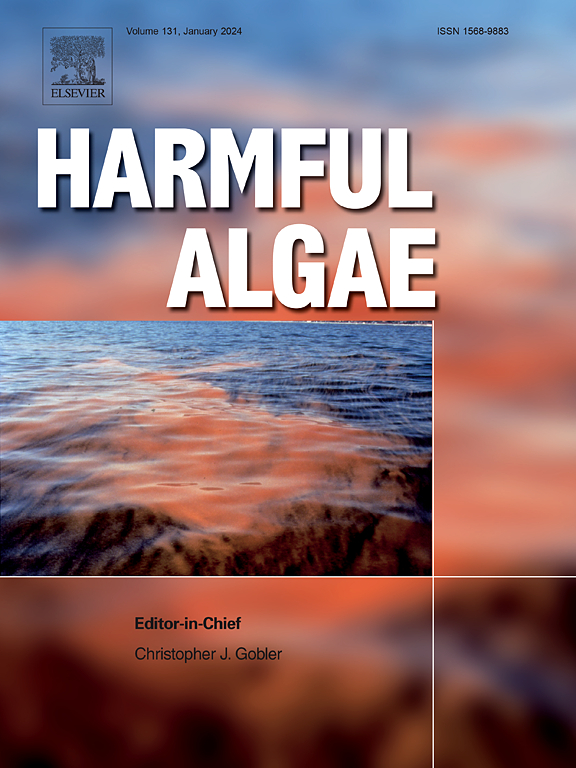Blooming in the Anthropocene: Perspectives on the development of freshwater blooms, changing phytoplankton communities, and mitigation strategies
IF 4.5
1区 生物学
Q1 MARINE & FRESHWATER BIOLOGY
引用次数: 0
Abstract
Freshwater is a declining natural resource sensitive to anthropogenic impacts on the environment, now exacerbated by climate change and elevated global temperatures. Among modern predicaments associated with the Anthropocene are nuisance and harmful algal blooms (HABs), which typically correlate with eutrophication resulting in the rapid growth and overabundance of planktonic microalgae, including cyanobacteria. Regions of hypoxia are common following bloom collapse, and some species of microalgae produce potent toxins, intensifying environmental impacts. While there has been some success implementing mitigation strategies against common bloom-forming microalgae, their responses to treatments are inconsistent. Routine mitigation can be incredibly costly while not being entirely effective, warranting innovation in mitigation strategies. Ultimately, a significant reduction in nutrient loading has the greatest potential for successful mitigation yet is not feasible due to societal requirements. At present, eutrophication and water pollution associated with bloom events are treated on a case-by-case basis, which can be unique depending on the microalgae present. This review provides a comprehensive summary of nuisance and harmful bloom-forming taxa, driving environmental factors, and existing mitigation strategies unique to freshwater microalgae. The major groups of bloom-forming microalgae are discussed, integrating factors responsible for increasing blooms in a rapidly changing climate, including potential treatment strategies.
人类世的水华:淡水水华的发展、浮游植物群落的变化和缓解策略的观点
淡水是一种日益减少的自然资源,对人类活动对环境的影响非常敏感,现在由于气候变化和全球气温升高而加剧。与人类世相关的现代困境包括有害的藻华(HABs),这通常与富营养化有关,导致浮游微藻(包括蓝藻)快速生长和过量。在水华崩溃后,缺氧区域是常见的,一些微藻种类产生强效毒素,加剧了对环境的影响。虽然对常见的形成水华的微藻实施减缓战略取得了一些成功,但它们对处理的反应却不一致。常规的缓解措施可能代价高昂,而且并不完全有效,因此需要在缓解战略方面进行创新。最终,显著减少营养负荷具有最大的成功缓解潜力,但由于社会需求,这是不可行的。目前,与水华事件相关的富营养化和水污染是逐案处理的,根据存在的微藻可能是独特的。本文综述了淡水微藻的滋扰和有害的水华形成分类群、驱动环境因素以及现有的缓解策略。讨论了形成华花的微藻的主要群体,整合了在快速变化的气候中导致华花增加的因素,包括潜在的处理策略。
本文章由计算机程序翻译,如有差异,请以英文原文为准。
求助全文
约1分钟内获得全文
求助全文
来源期刊

Harmful Algae
生物-海洋与淡水生物学
CiteScore
12.50
自引率
15.20%
发文量
122
审稿时长
7.5 months
期刊介绍:
This journal provides a forum to promote knowledge of harmful microalgae and macroalgae, including cyanobacteria, as well as monitoring, management and control of these organisms.
 求助内容:
求助内容: 应助结果提醒方式:
应助结果提醒方式:


